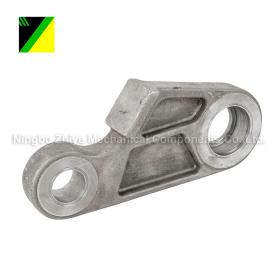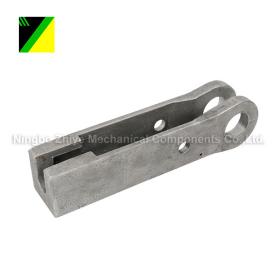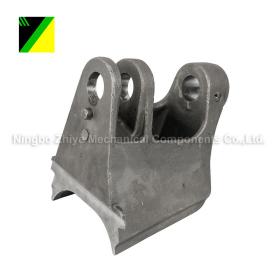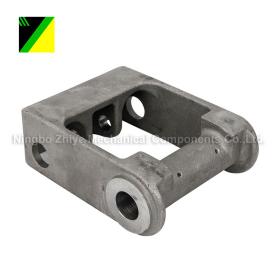
- English
- Español
- Português
- русский
- Français
- 日本語
- Deutsch
- tiếng Việt
- Italiano
- Nederlands
- ภาษาไทย
- Polski
- 한국어
- Svenska
- magyar
- Malay
- বাংলা ভাষার
- Dansk
- Suomi
- हिन्दी
- Pilipino
- Türkçe
- Gaeilge
- العربية
- Indonesia
- Norsk
- تمل
- český
- ελληνικά
- український
- Javanese
- فارسی
- தமிழ்
- తెలుగు
- नेपाली
- Burmese
- български
- ລາວ
- Latine
- Қазақша
- Euskal
- Azərbaycan
- Slovenský jazyk
- Македонски
- Lietuvos
- Eesti Keel
- Română
- Slovenski
- मराठी
- Srpski језик
What are the characteristics of the water glass investment casting ?
2025-09-15
The water glass investment casting ingeniously combines the high precision advantage of investment casting with the technical characteristics of the sodium silicate binder, and is highly popular, being widely applied in various components across various industries.


High precision and surface finish:
One of the core advantages of water glass investment casting lies in its ability to produce high-precision and smooth-surfaced castings. The key to this lies in the use of an overall encapsulating ceramic mold shell. Unlike traditional sand casting which requires separate upper and lower molds, this process wraps a dense and seamless overall shell around the entire wax mold. This means that every detail on the wax mold can be replicated. After the metal liquid solidifies and forms the mold cavity, the casting naturally inherits the precise shape of the wax mold. This results in excellent dimensional tolerance control and usually achieves an extremely high surface finish. In many demanding situations, such as some precise mating surfaces or fluid channels, the casting can even meet the standard for direct assembly without subsequent machining processes like turning, milling, and grinding, significantly reducing the cost and time for subsequent processing.Complexity and high cost of the process:
The first step in water glass investment casting is to use a precise mold to press out a wax model of the part, then combine multiple wax molds. Then, the combined product is repeatedly dipped in a specially formulated refractory coating, and a layer of refractory sand is sprinkled on each coating layer before hardening treatment. This process is repeated until a sufficiently tough and dense ceramic mold shell is built around the wax mold. This process takes several days. Next, wax removal is required, commonly done through steam wax removal or hot water wax removal. The resulting empty shell needs to burn off the remaining wax, which is a time-consuming process with certain technical requirements. After the well-fired investment mold is poured with molten metal. After the casting solidifies and cools, the mold shell needs to be broken or shaken off, and then processed by cutting, sandblasting, or chemical cleaning, ultimately obtaining the finished casting. Therefore, the entire production cycle is long, usually ranging from 4 days to half a month. At the same time, the cost of molds, consumption of refractory materials, repeated manual or equipment investment for coating, and the large amount of energy required for firing, all lead to a significant increase in overall manufacturing costs.


Applicable product range:
It is mainly used for manufacturing high-precision parts, such as turbine blades, cutting tools, automotive components, etc. The casting weight is usually between several grams and 25 kilograms, with a maximum generally not exceeding 80 kilograms.
| Attribute | Description |
| Precision & Surface | Seamless ceramic shell replicates intricate wax patterns |
| Achieves high dimensional accuracy and surface finish | |
| Often eliminates machining (near-net-shape) | |
| Process Duration | 4-15 days production cycle |
| Key Cost Factors | Mold tooling<br>Refractory materials<br>Energy-intensive firing |
| Typical Applications | Turbine blades<br>Cutting tools<br>Automotive parts |
| Weight Range | Grams to 25kg (Max 80kg) |



